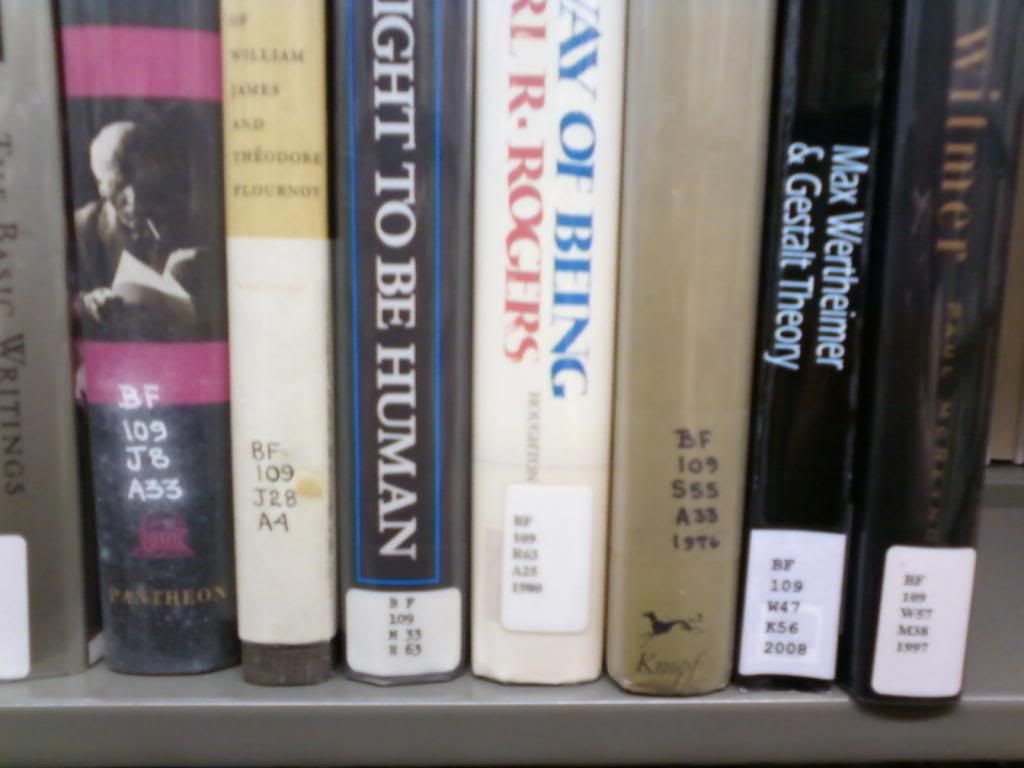| Today's Hours | 8am – 4:30pm |
|---|
| Today's Hours | 8am – 4:30pm |
|---|
Books are good for:
Books are much longer than articles, so they can devote more space to your topic. Consider our theme park example. If we want a detailed biography of Walt Disney or the history of leisure time in the United States, we're not going to find it in a 10 page article!
Potentially confusing concept ahead:

You can't find articles in a library catalog. This would be like going to Amazon and typing in the name of a book's first chapter instead of its title. So, you can find a record for the periodical, like Newsweek, in the library catalog, but there aren't records for the magazine's individual articles. Those belong in article databases.
Besides being a database, a library catalog is an inventory of what's on our shelves. Each record in the database represents a physical object at the library, whether it's a book, DVD, map, or journal. Right now, we're focused on books.
Not much (fortunately). The database search techniques you've learned so far -- keyword and subject searching, truncation, etc. -- work in the library catalog too!
But there are some differences:
Don't let these differences discourage you! No matter where you're searching, the number of results matters less than the percentage of good results. If you only find 5 books but they're all on your topic, count that as a win!
The Catalog is the place to go if you're looking for either e-books or physical books owned in our libraries. Watch this video to learn how to conduct a basic search:
To find the book itself, you need three essential pieces of information, all of which can be found in the book's record:
1. Is the book available?
2. Which section is it in?
3. Where is it on the shelf?

This is a picture of a bookshelf in the Commons.

See those letters and numbers on the spine? Those are call numbers; they tell us where on the shelf the book should go. Think of a call number as a book's street address.
Our library uses call numbers from the Library of Congress Classification System -- not Dewey Decimal like public and school libraries. Watch this video (courtesy of Douglas College) to learn how to read and understand this system:
While it's important to be able to find a book's physical location, the most important job of a call number is to group books by subject. All those letters and numbers are a kind of code for what the book is about. What this means is that once you've looked in the library catalog, found a record that looks useful, and located that book on the shelf, the other items AROUND your book will be on the same topic. Score!
And speaking of scores, the Keleher Learning Commons has some oddities in its call numbers, so ask at the circulation desk if you get confused.
Next up: Find audio-visual materials for your academic assignment.